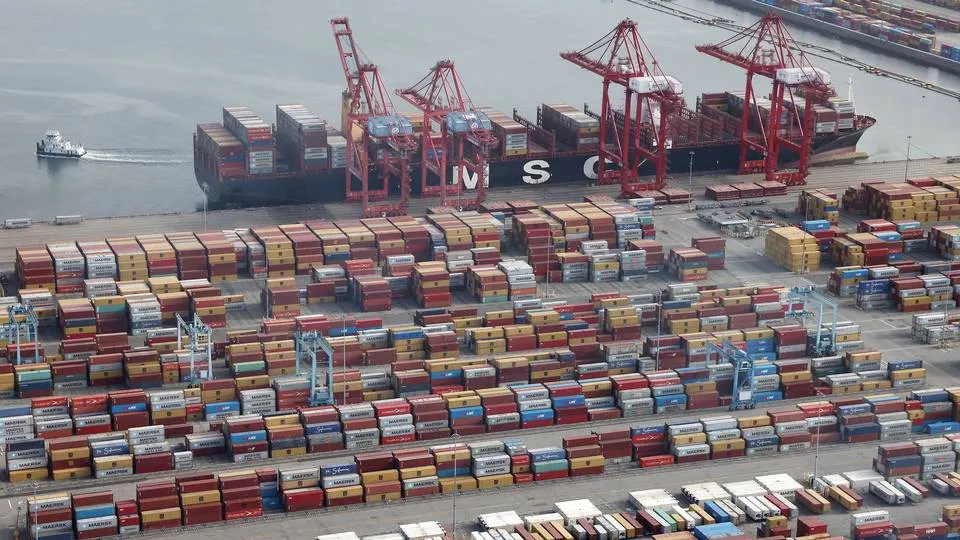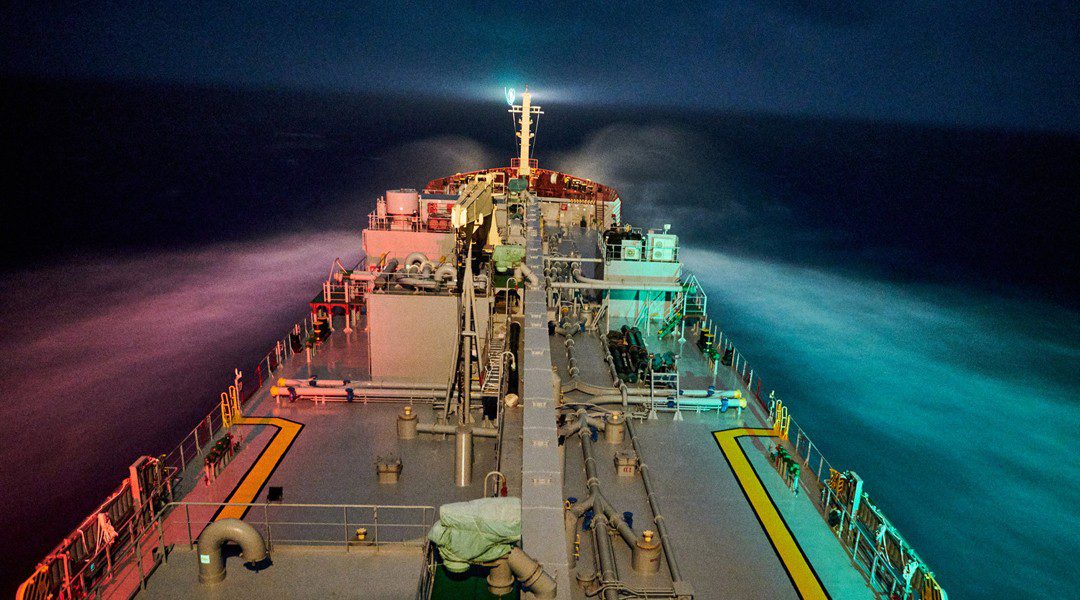
Logistics companies and shippers have all but lost hope that the market will be anywhere close to normal this year, as rates continue to soar.
Almost six months into 2021, many of them have found that the rapid development has only ntensified the exceptional upward trend of freight rates that continue to break new records week after week.
According to the SCFI index, the spot market now lists 3,500 for a 40-foot container from Asia to Europe. According to Drewry, however, the rate for shipping express goods can easily go as high as USD 10,000.
“It’s an extremely difficult market, which places stringent demands on our employees. We’ve probably never seen high seafreight rates like these before at a time when the quality level is so poor,” says Allan Melgaard, CEO of Scan Global.
In his view, it will be “quite a while before we’re in a more stable market.”
The market is red-hot for several reasons:
2021 promises to be the best year for the container industry in several decades. This is due to several factors:
“I don’t think we’ll see a significant normalization of the market in the first six to 12 months. I sadly think we’ll see a market that continues to be extremely volatile with unusually high freight rates before it stabilizes and the capacity increases, whether it be in terms of vessels, or in terms of equipment like containers,” he adds.
Double the budget
The power at the negotiating table usually has a lot to do with the size of the shipper or logistics company. Another factor is the rates agreed upon in the long-term contracts, a process that many shippers and carriers have completed recently.
But generally speaking, for the past year, container carriers have had the upper hand when settling deals, as they more than ever before have been able to dictate the rates.
According to Jochen Gutschmidt, former Global Freight Lead at Nestlé and current VP and Senior Advisor at Sea-Intelligence, companies will have to pay double what they usually spend on key routes between Asia and Europe, he tells WPO.
“It wholly depends on the position of the company and how well prepared its logistics chain is, but it’s not much of an understatement to say that sea freight budgets for many have doubled compared to the time before the pandemic,” he says.
In June of last year, it was the general perception in the global container market that the Covid-19 pandemic and numerous lockdowns would spell a downswing for the world economy.
As a result, the shipping companies pulled out ships and cancelled as many box orders as possible. But in July 2020, the market started to recover, and late summer, consumers all over th world wanted bikes, new kitchen cupboards, computers and buildings materials because they could neither travel nor go to restaurants.
For the past 12 months, the shipping companies have reaped the economic benefits, not least underlined by the fact that there were and are too few ships and too few containers to meet the demand.
ONE: Difficult to predict more than three months out
When asked about the situation, one of the largest container companies, Singapore-based ONE, says that there are no indications that the tide will turn anytime soon.
“Consumer hardware and manufacturing inventories are still catching up from the initial demand cutbacks in March-July 2020. The supply side continues to be adversely impacted by congestion and delays at ports and landside operations, manifesting itself in delays to original planned vessel schedules. Further enforced blanking of services has been caused by the recent Suez blockage issue. Forecasting forward when material changes may happen to overall demand and supply side remains still very difficult to predict more than three months out,” says CEO Jeremy Nixon to WPO.
At another logistics company, NTG, 2023 is referred to as the new time horizon for the market. Then, a substantial expansion of the fleet is expected to raise the global capacity.
“We expect a normalization in the fourth quarter this year or the first quarter next year. But according to all the forecasts available, sufficient capacity that will balance supply and demand will not be added until 2023,” says Søren Holck Pape, head of air and ocean hos NTG:
The market is not least still affected by the spread of the corona virus as seen in India and most recently in Malaysia, which is in strict lockdown, serving to increase uncertainty about when things will return to normal.
English Edit: Christoffer Østergaard
Covid-19 outbreak in Chinese container port causes more delays
Container rates continue to skyrocket





